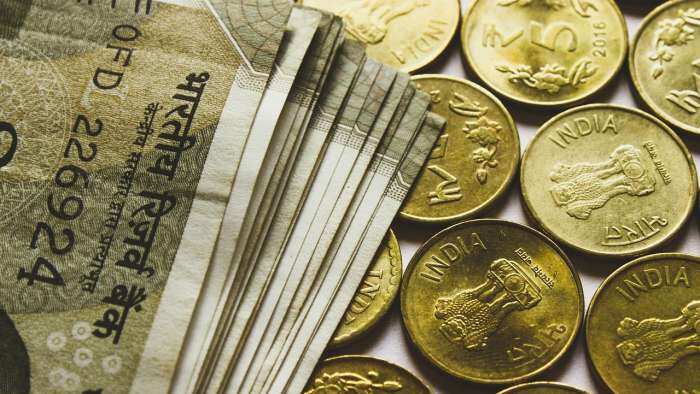Urjit Patel led RBI cites risk factors, aims to contain inflation
Citing several persisting risk factors, it said, First, crude oil prices continue to be volatile and vulnerable to both upside and downside risks. In particular, while geopolitical tensions and supply disruptions remain an upside risk to oil prices, the fall in global demand due to further intensification of protectionist trade policies could pull down oil prices.

The Reserve Bank of India's Monetary Policy Committee (MPC) today decided to increase the policy repo rate by 25 basis points, reiterating its commitment to achieving the medium-term target for headline inflation of 4 per cent on a durable basis. The central bank, however, retained its "neutral" stance as it aimed to contain inflation while not choking growth.
According to the RBI statement, even as inflation projections for Q2 have been revised marginally downwards vis-à-vis the June statement, projections for Q3 onwards remain broadly unchanged.
Citing several persisting risk factors, it said, First, crude oil prices continue to be volatile and vulnerable to both upside and downside risks. In particular, while geopolitical tensions and supply disruptions remain an upside risk to oil prices, the fall in global demand due to further intensification of protectionist trade policies could pull down oil prices.
Second, volatility in global financial markets continues to impart uncertainty to the inflation outlook.
Third, households’ inflation expectations, as measured by the Reserve Bank’s survey, have risen significantly in the last two rounds, which could influence actual inflation outcomes in the months to come.
Fourth, manufacturing firms polled in the Reserve Bank’s industrial outlook survey have reported hardening of input price pressures in Q2 of 2018-19. However, if the recent softening of global commodity prices persists, it could mitigate some of the upward pressure on input costs.
Fifth, though the monsoon has been normal temporally so far, its regional distribution needs to be carefully monitored in the context of key CPI components such as paddy.
Sixth, in case there is fiscal slippage at the centre and/or state levels, it could have adverse implications for market volatility, crowd out private investment and impact the outlook for inflation.
Seventh, uncertainty around the full impact of MSP on inflation will only resolve in the next several months once the price support schemes are implemented.
Finally, the staggered impact of HRA revision by state governments may push headline inflation up.
Watch this Zee Business video
While the statistical impact of HRA revisions will be looked through, there is need to watch out for any second-round impact on inflation, the statement added.
Get Latest Business News, Stock Market Updates and Videos; Check your tax outgo through Income Tax Calculator and save money through our Personal Finance coverage. Check Business Breaking News Live on Zee Business Twitter and Facebook. Subscribe on YouTube.
RECOMMENDED STORIES

Power of Compounding: How soon will monthly SIP of Rs 6,000, Rs 8,000, and Rs 10,000 reach Rs 5 crore corpus target?

SBI Guaranteed Return Scheme: Know how much maturity amount you will get on Rs 2 lakh, 2.5 lakh, 3 lakh, 3.5 lakh and Rs 4 lakh investments under Amrit Vrishti FD scheme

SBI Senior Citizen FD Rate: Here's what State Bank of India giving on 1-year, 3-year, 5-year fixed deposits currently

SBI Senior Citizen Latest FD Rates: What senior citizens can get on Rs 7 lakh, Rs 14 lakh, and Rs 21 lakh investments in Amrit Vrishti, 1-, 3-, and 5-year fixed deposits
04:25 PM IST









 RBI Governor says inflation horse has been brought to stable with a lot of effort: Full text of his October 9 speech
RBI Governor says inflation horse has been brought to stable with a lot of effort: Full text of his October 9 speech RBI Monetary Policy: Governor Shaktikanta Das proposes to cut cheque clearance time to a few hours
RBI Monetary Policy: Governor Shaktikanta Das proposes to cut cheque clearance time to a few hours Retail inflation gradually easing, food prices still a concern: RBI Bulletin
Retail inflation gradually easing, food prices still a concern: RBI Bulletin Nifty crosses 23,000, Sensex up over 800 pts after RBI revises FY25 GDP growth projection to 7.2%
Nifty crosses 23,000, Sensex up over 800 pts after RBI revises FY25 GDP growth projection to 7.2% Rate cut might be contemplated in the second half of FY25: Care Edge
Rate cut might be contemplated in the second half of FY25: Care Edge